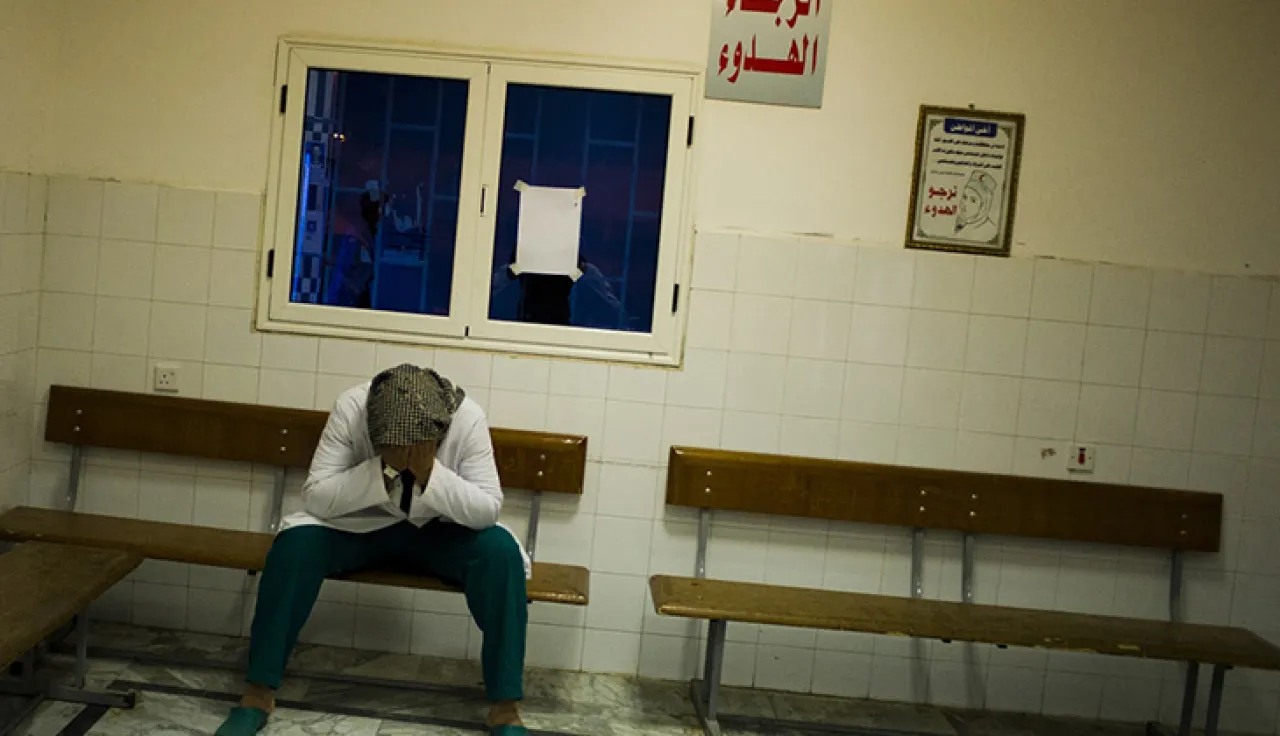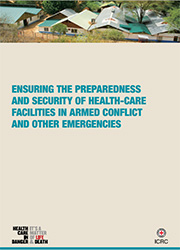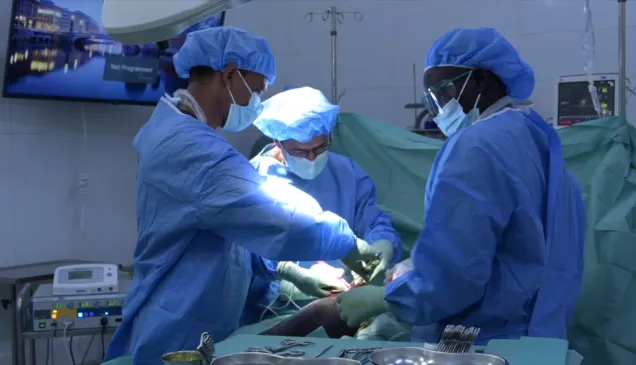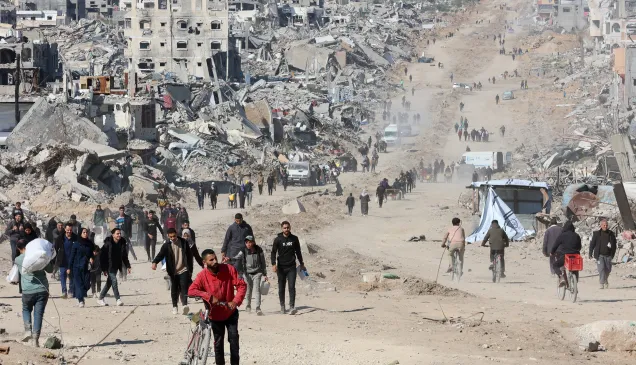Health Care in Danger: A hospital is more than just a building

A hospital is more than a building. Its protection is not just about erecting perimeter fences and installing bullet-proof windows. The safety and well-being of personnel, both physical and mental, is also essential to ensuring that health facilities function.
This was the clear message from international experts who gathered together at two workshops in Ottawa (September 2013) and Pretoria (April 2014), to discuss the "Safety of Health Facilities" as part of the Health Care in Danger project.
The workshops generated a number of recommendations and measures, now compiled and explained in the HCiD publication "Ensuring the Preparedness and Security of Health Care Facilities in Armed Conflict and Other Emergencies". The publication promotes a holistic approach for the protection of health facilities, where infrastructure, personnel and the supply chain of goods and equipment are all essential elements and following aspects are considered:
- Relevance of contingency planning to reduce risks of disruption of service
- Necessity of risk assessments to identify level of vulnerability and types of risks
- Importance of assessing the influence physical security measures can have on accessibility and public perception
- Inclusion of a dual dimension in the protection of staff, comprising physical as well as mental well-being
- Interconnectivity of essential services, such as water, electricity and fuel, which need to be preserved to ensure the functioning of health facilities
Health Care in Danger (HCiD) project
Health Care in Danger is an International Red Cross and Red Crescent Movement project to make access to health care and its delivery safer in conflict or other emergencies. The project calls for the respect of health-care workers, facilities and transports while promoting the implementation of a series of recommendations and practical measures for the protection of health care
More information
- Visit the Health Care in Danger website
- Read the HCiD publication "Ensuring the Preparedness and Security of Health Care Facilities in Armed Conflict and Other Emergencies"
- See how the ICRC is protecting the mental well-being of health-care workers in Gaza
- Follow @HCIDproject on Twitter and join our call to #protecthealthcare




